The days when you could leave an “out for lunch” sign on the front door of your business are over. Consumers expect businesses to be on at all times these days, ready to service their needs. That’s why so many companies invest in business continuity plans.
ready to service their needs. That’s why so many companies invest in business continuity plans.
But how do you achieve true business continuity? We broke it down into five layers, each of which are necessary to ensure that your business will continue to be ‘on’ no matter the situation.
Layer 1: Secondary Connections
The first layer of business continuity is having a secondary, onto which your data and voice traffic can failover in the case your primary connection goes down.
Layer 2: Wireless Connectivity
The second layer of business continuity is wireless. In the event that your physical lines are damaged, a wireless back up connection is necessary to keep your office running.
Layer 3: Intelligent Failover
You can’t rely on IT staff to manage failover operations. What if they are on vacation when you have your biggest outage? The point is, failover shouldn’t require human activity to initiate. Your devices should automatically failover in a preset sequence. This is easy to do with technology like SD-WAN, which will pro-actively move traffic between paths based on speed and reliability.
Layer 4: Cloud Applications
What if your entire building experiences an outage? No level of back up connectivity can help you at that point. Does that mean operations cease? For companies that use cloud applications to run their business, it doesn’t. As long as you have an internet connection, you can access all of your work applications remotely. While some company functions may remain halted, you can ensure that key communications are not entirely lost during temporary outages by using cloud applications.
Layer 5: Geographic Diversity
Last, but certainly not least, is the final layer of business continuity – geographic diversity. Even if you protect your offices with each of the previous layers of security, none of it will matter if your voice and data providers experience an outage themselves. If their servers go down, even one hundred back up connections cannot save your business. A reliable provider of data or voice will guarantee geographic diversity, meaning they have backed up their services in multiple geographic locations. For example, AireSpring can route traffic through both its New York and Los Angeles colocation centers. East coast customers who might normally use the New York colocation center for their traffic will be routed to the LA location if a storm takes out the NY location. Likewise, if an earthquake strikes LA, AireSpring customers will have their traffic automatically routed to New York.
With geographic diversity like that, only a nationwide natural disaster could cease your business operations.
For more information on business continuity, click here.
















